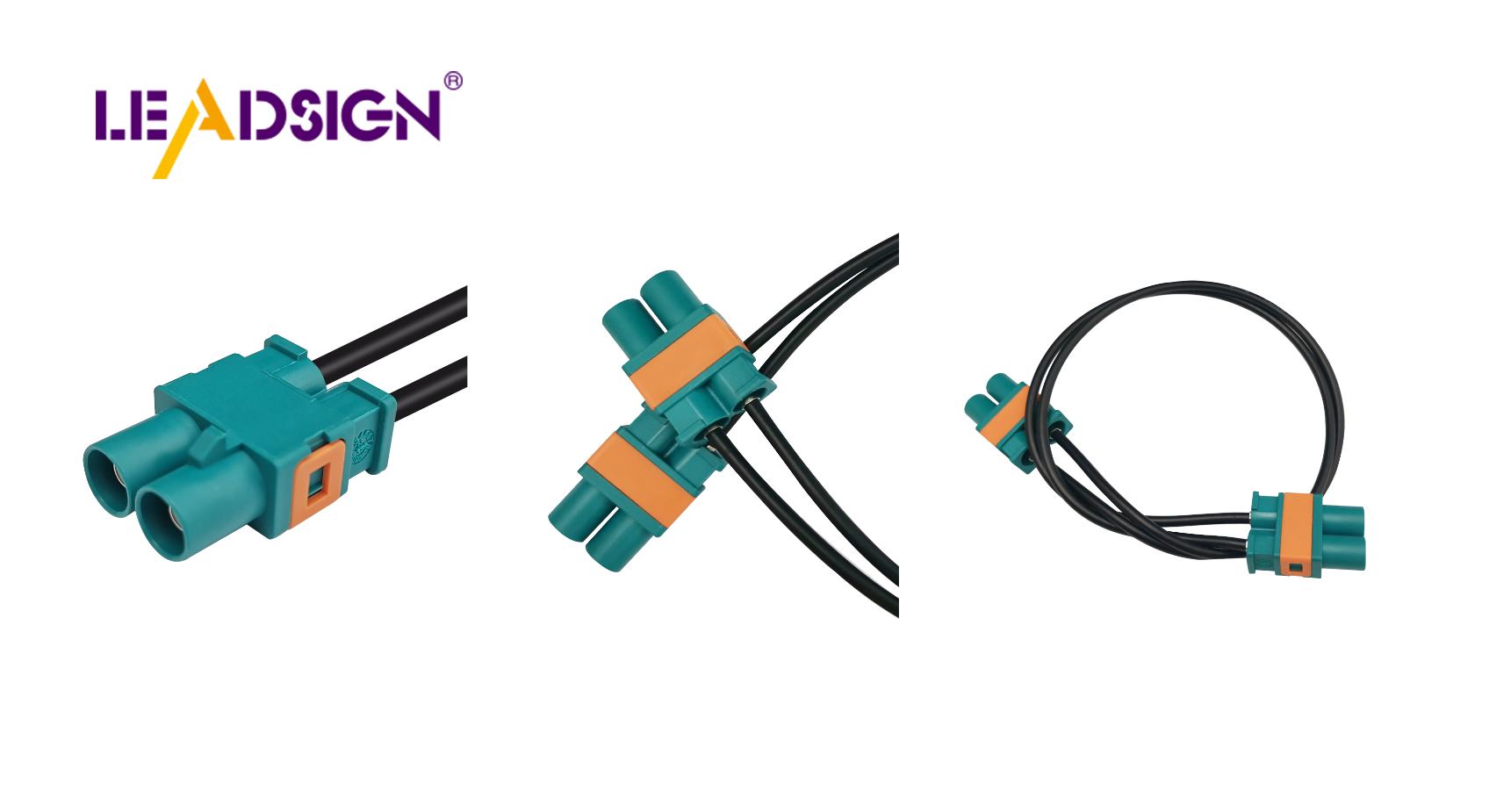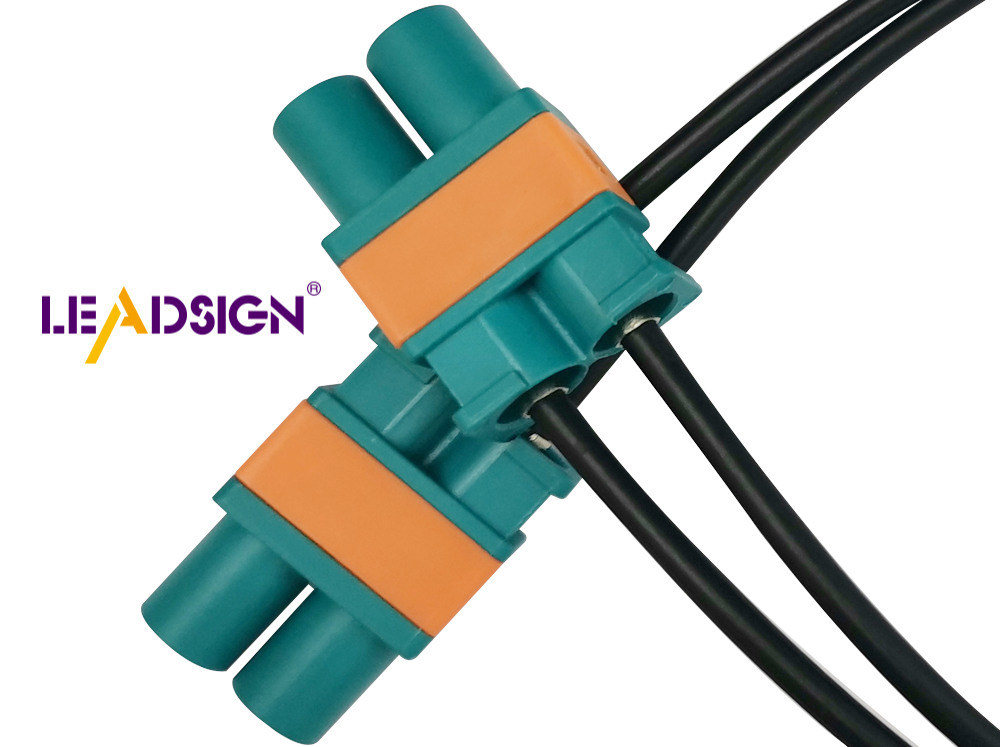Coax Cable Types: What You Need to Know

What kinds of coax cables are there? Knowing them is important. You need the right cable for best use. RG59 cables are good for CCTV because they bend easily and are cheap. But, as tech gets better, picking the right cable matters more. The right coax cable helps your signal stay strong and clear.
Understanding Coax Cable Types

RG6
Characteristics
RG6 coaxial cable is popular and useful. It has a thick wire and strong cover. This helps it work well with high-speed signals. The big wire and thick cover make the signal better. RG6 can send signals far without losing much quality.
Common Applications
You can use RG6 in many places. It's great for internet, cable TV, and satellite TV. Because it's flexible and works at high speeds, RG6 fits most home needs. Whether for TV or satellite, RG6 works well.
RG11
Characteristics
RG11 coaxial cable has an even thicker wire than RG6. This lets it send signals farther with little loss. It also has strong shielding to keep signals clear, even with interference nearby.
Common Applications
RG11 is good when you need long cables. It's used outside to connect faraway satellite dishes to receivers. In big buildings or businesses, where distance matters, RG11 keeps the signal strong.
RG59
Characteristics
RG59 coaxial cable has a small wire and thin cover. It doesn't shield as well as RG6, so the signal isn't as strong. It's best for low frequencies under 50 MHz over short distances.
Common Applications
Use RG59 when you need cheap and flexible cables. They're common in CCTV systems and other low-frequency uses. For short distances and simple tasks, choose RG59.
Other Types
Characteristics of Specialized Coax Cables
There are special coax cables made for certain jobs. These cables have unique features. Some have extra protection to block interference, keeping signals clear. Others bend easily, perfect for tight spaces or corners.
Special coax cables can differ in how they send signals far. Some use materials that handle heat or bad weather, great for outside use. The way they are made affects how strong and good they are.
Applications of Specialized Coax Cables
You might ask where these special cables are used. They work in special places where regular ones don't fit. In cars, they connect GPS and radios, staying strong despite bumps and heat changes.
In telecoms, these cables help send fast data far away. They're key in data centers to keep signals clear. In planes, they ensure communication is precise and reliable.
Knowing about these special coax cables helps you pick the right one for your needs. Whether it's tricky setups or tough environments, there's a cable just for you.
Technical Aspects of Coax Cables
Impedance
Why Impedance Matters
Impedance is important for coax cables. It shows how much a cable resists electrical signals. Matching your cable's impedance with devices helps signals move well. This match stops signal loss and keeps signals clear and strong.
Common Impedance Numbers
Coax cables have common impedance numbers. The usual ones are 50 Ohms and 75 Ohms. You see 50 Ohm cables in radios because they handle power well. They also don't lose much signal. But, 75 Ohm cables are used for TV and video since they keep signals good over long distances.
Signal Loss
What Causes Signal Loss
Signal loss happens when signals get weak in a coax cable. Many things cause this loss. Longer cables lose more signal. Good quality and well-made cables lose less signal. Weather like heat or wetness can also weaken signals.
Reducing Signal Loss
To cut down on signal loss, pick good coax cables with strong shielding and right impedance. Keep cables short to stop losing too much signal. For outside use, choose cables that handle weather well. Check your cables often to keep them working best.
Understanding RG Numbers
Meaning of RG Numbers
RG numbers sort coax cables by their features. These numbers started from military rules. They tell about the cable's build like wire size, insulation type, and shielding level. Knowing these helps you pick the right cable.
Using RG Numbers to Choose Cables
When picking a coax cable, look at the RG number to meet your needs. For example, RG6 is great for high-frequency stuff like satellite TV or internet use. RG59 works for low-frequency jobs like CCTV systems. By knowing RG numbers, you can choose the best cable for what you need.
Picking the Best Coax Cable
Choosing the right coax cable is very important. It helps your devices work well. You need to think about a few things to choose wisely.
Things to Think About
What You Need
First, decide why you need the coax cable. Different jobs need different cables. For example, if you want a cable for high-speed things like satellite TV or internet, RG6 is a good pick. It works better over long distances and keeps signals strong compared to RG59. But if you're setting up CCTV cameras, RG59 might be better because it's bendy and cheaper for short spaces.
Where You'll Use It
Next, think about where you'll use the cable. If it's outside, pick one that can handle bad weather. Look for cables with strong covers to stop interference. Inside, flexibility might matter more, especially if it has to go through tight spots.
Knowing about coax cables is important for your audio and video systems. Different types, like RG6 and special ones, have specific uses. When choosing a coax cable, think about things like how it resists signals, how well it blocks interference, and if it loses signal strength. These help make sure the signal stays strong and works well. Usually, RG6 is the best because it can be used in many ways. Always pick a cable that fits what you need to make your system work better. Asking experts can help you choose wisely too.
See Also
Exploring FAKRA Coaxial Connectors: Versatile and Beneficial
Harnessing the Strength of FAKRA Coaxial Cables
FAKRA Coaxial Cables: Essential for Automotive Use

